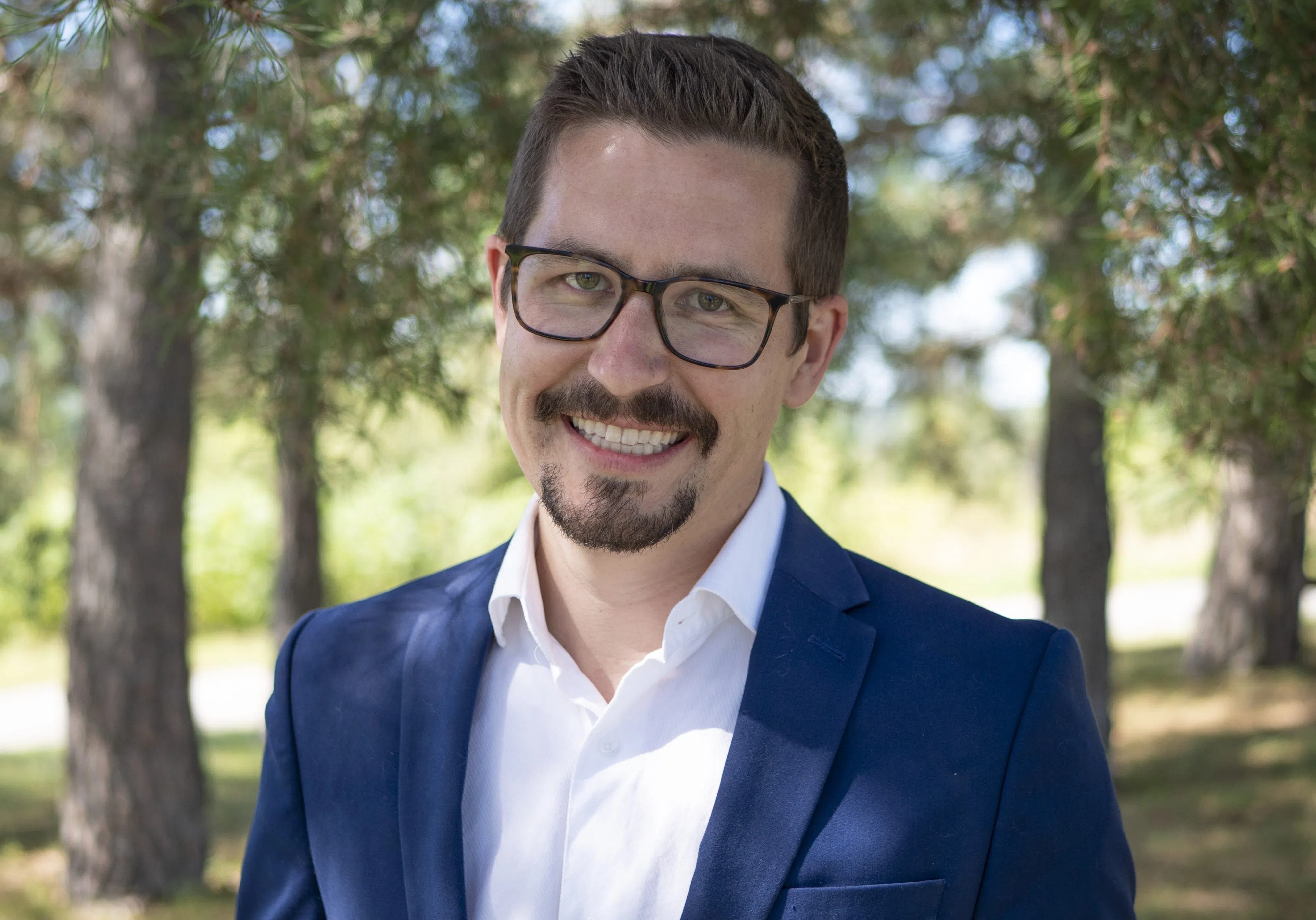
It will be a big transition year for the region’s newly-merged health unit – but public-facing changes won’t be immediate.
There also aren’t currently any places to shutter the doors to regional offices, or any immediate impacts to public health services expected.
The voluntary merger between Peterborough Public Health and the Haliburton, Kawartha, Pine Ridge District Health Unit officially came into effect Jan. 1, backed by a roughly $10.2-million provincial injection.
Currently, the merged entity is being referred to as the Haliburton, Kawartha, Northumberland, Peterborough Health unit – but this has also been described as legal “placeholder” name for the organization.
As reported last week, Dr. Thomas Piggott was appointed acting medical officer of health and CEO for the new entity, subject to minister of health approval. (The position is considered acting until new employment agreements are in place and the ministry sign-off, which could be delayed amid the provincial election.)
Piggott previously served in the MOH/CEO role for Peterborough.
At a media scrum held virtually Monday, Feb. 10, 2025, Piggott shared more about his portfolio and background and touched on priorities for year one, including what’s first up on the to-do list.
“We can’t just pause all of the good work that we do to put effort into coming together and merging,” continued Piggott. “And that’s why the added provincial funding was so critical, so that we can augment capacity in this transitional period to be able to maintain and build something new at the same time.”
At the presser, attendees also heard from board chair Ron Black and vice-chair Cecil Ryall.
Black delved into the decision to appoint Piggott to serve as the region’s top doc and lead the organization.
Meanwhile, Dr. Natalie Bocking – who previously served as MOH and CEO in HKPR – has been named deputy medical officer of health. With the new catchment area exceeding a population of 300,000, a second public health physician position has been described as standard and more information surrounding this role is anticipated in future.
In addition to an emphasis on this being a voluntary decision versus a forced merger, Piggott, Black and Ryall all echoed similar sentiments around how a lack of resources in the past has contributed to challenges and meeting public health standards, the fallout of the COVID-19 pandemic, and ultimately, a want to better serve area communities and reduce costs and bureaucracy along the way. They also vowed to ensured all voices are heard and that unique needs would be supported and not overlooked.
In the words of Black, the combined population is a good thing – “it’s large enough to be economical, but small enough to be manageable.”
“That is to say we can do things that maybe larger groups cannot do, and certainly smaller ones can’t, either.”
Meanwhile, Ryall shared this key message.
Whether that evolves and/or changes down the line is unknown – but no offices are currently slated to close.
Piggott will be tasked with overseeing public health initiatives aimed at enhancing community wellbeing, designing senior leadership responsibilities, and more.
He joined the Peterborough team in 2021, having previously served in Canada and internationally, with MOH and vice-president lead titles in Labrador, in addition to as a field doctor for Doctors Without Borders, and more, which he spoke some about during Monday’s meeting. This is in addition to research and teaching work, as well as clinical work at a sexual health clinic and in the ED, which he currently continues, he shared.
Piggott also acknowledged the challenges the greater health-care system is facing and touched on the significance of public health in contributing to healthier, more equitable communities.
He further acknowledged the toll of the pandemic – including on public health staff – but also shared high hopes for the benefits this merger aims to create.
“We know that a larger organization with more backup and cross-coverage and depth of staff experience is really going to strengthen our ability to serve our communities,” explained Piggott, adding the goal is to “create something bigger and greater together.”
According to Piggott – and the board – savings are already being found.
These monies will go annually to making programs and services better for communities, added Piggott.
While the merger is anticipated to also be a “challenging task,” and is still in “early days,” Piggott has expressed confidence in his team. And while changes may be slow moving, they will be purposeful, he said.
Bringing communities along the journey is “critical” – and building new relationships and leveraging relationships already in place will remain at the forefront, vowed Piggott.
As previously reported, the Haliburton, Kawartha, Northumberland, Peterborough Health Unit is the “legal name of the organization” – HKPR and PPH both remain operational.
Simply put, it’s more or less business as usual in terms of public services.
To fully integrate programs and services, work will continue for years, stressed Piggott, who also noted there are hopes to find a business name that may “roll off the tongue easier” and share more on the vision, merger process and formal launch/name later in 2025.
Black also noted that as part of the voluntary merger process three years of funding were promised and highlighted a want at the ministry level to make these mergers successful so others may consider following this path.
While discussing struggles as public health funding hasn’t kept pace with inflation spanning decades, Piggott shared hopes that this merger will enable the team to find the resources needed to stabilize and fully deliver on services.
“This merger is an opportunity to reset that, put us back on track, catch up on services, and find efficiencies so that we can continue to maintain and even grow and build service delivery together, and I think that that journey will take years. It will not be done this year – it will take many years to fully complete.”
This year’s focus will remain on bringing teams together, building processes and structures to better look at all programs, delving into community needs, and how best to meet those needs, explained Piggott.
(Written by: Sarah Hyatt)



